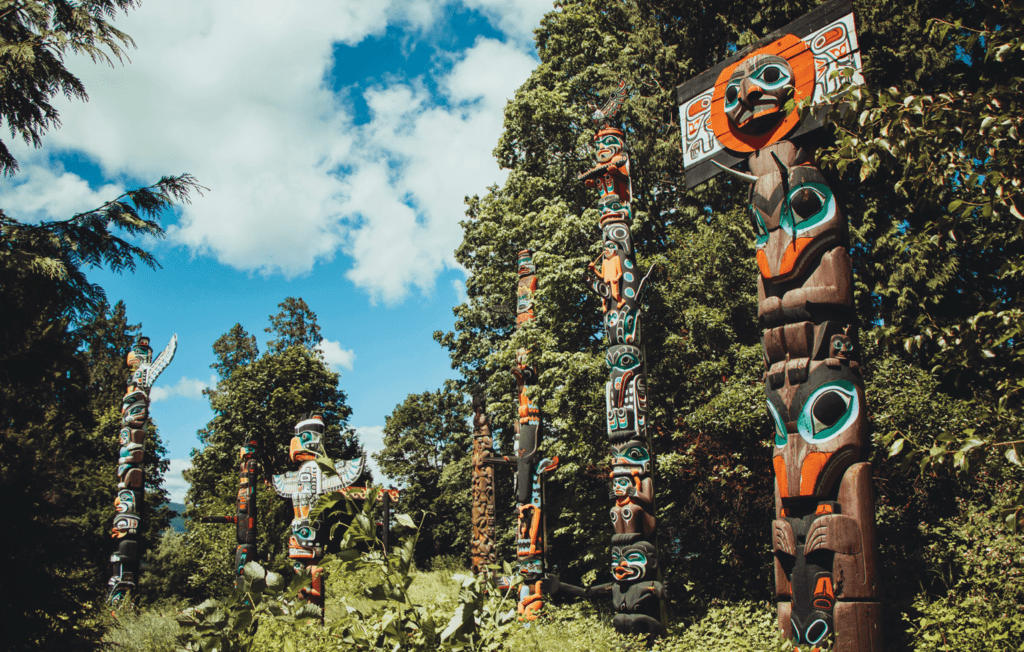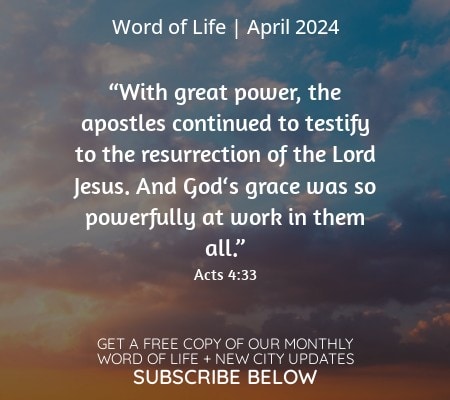A warm but strong wind blew over the Plains of Abraham in Quebec City on July 27, 2022. Thousands of people came to see the pope, watching him on giant screens. Yet after his apology in Edmonton, there were still question marks: Would he meet the expectations of the residential school survivors who were separated from their families and culture, and had suffered physical and sexual abuse?
The frail leader of the Catholic Church met representatives of the First Nations1 and state officials inside. “I think, above all, of the policies of assimilation and enfranchisement involving the residential school system that harmed many indigenous families by undermining their language, culture and world view,” Pope Francis said clearly, “I express my deep shame and sorrow, and together with the bishops of this country, I renew my request for forgiveness for the wrong done by so many Christians to the indigenous people.”
Could healing happen here?
The next day, at the National Shrine of St. Anne de Beaupré, he emphasized “the journey from failure to hope.” Without answers to the many questions about why this evil happened, amid the feeling of being crushed by these wounds, of remorse and dismay, he said that there is only one path: that of Jesus, “who walks with us.”
In that beautiful church on the shore of the St. Lawrence River, a pilgrimage site visited by half a million people every year, and a place of many miracles curing the sick and disabled, could an internal healing happen here, too?
The spacious basilica that can accommodate more than 1,500 was filled with representatives of the First Nations of the eastern part of Canada. Hope, excitement, skepticism, and delusion were all present at the same time. Many wore orange T-shirts or scarves with the words “Every child matters” in different languages. “I want to forgive, but I don’t know if I can,” said one woman who suffered continuous physical abuse in a residential school run by nuns. “But coming here means that I am trying!”
Was it enough?
While there were many residential school survivors who wanted a more explicit apology in the name of the Church, Pope Francis didn’t spell it out quite the way they wanted. Forgiveness and healing is truly a journey. Only God could move the hearts of those present who have been carrying hurt and anger for decades in their heart.
M.S. was taken away from his family at the age of 5 and brought to a school run by the Catholic Church, where he was kicked in the back with such force that for weeks he could only walk holding on to the wall. He never shared this with anyone, and only later, a medical doctor discovered that his spine was severely damaged. At the age of 35, he could not work anymore and had to retire. “I wanted to forget it. I wanted to move on, but the memories always came back,” he said. He left the Church, but came back for Pope Francis to the Shrine of St. Anne. And he participated and prayed. “It felt right,” he said.
Anger dissipates

Rose Ann Martin, wearing the colorful dress of her tribe, was skeptical about coming. “Normally, I don’t follow the Catholic Church,” she said. She is a residential school survivor and Indian Day School survivor. “My family has been going through a lot of intergenerational trauma,” she added.
Her chief suggested that she would be a good candidate to come to represent her community. It wasn’t easy. “I was very, very angry at first. I didn’t want to be part of this. To me, it’s a circus. And I had to do a lot of reflection and thinking how I could turn this experience into a positive rather than a negative.” Martin was supposed to present the pope a gift on Wednesday night on the Plains of Abraham, but left the gift home because she thought she needed to respect the emotions of the survivors who were still hurting.
However, that Thursday, she could take one step toward healing. “As I look around this basilica, it is very beautiful, very calming. The anger that I carried had finally dissipated, and I want some healing to begin. And I want the pope to be able to look at me in the eyes and tell me that it’s going to be okay from now on… I want my family, and I want my community to heal — we had carried this anger for so long.”
While Pope Francis took his seat in the shrine, visibly in a lot of pain, many survivors, also advanced in age in wheelchairs and with walkers, could relate to him. Like the pope, they carry on leading their communities to a better future; they are the roots that the young people need to grow. Yet many survivors thought Pope Francis’ apology did not go far enough.
That same day at Vespers, Pope Francis said the Church in Canada had started out on a new path after being devastated by the evil perpetrated by some of its sons and daughters. “I think in particular of the sexual abuse of minors and vulnerable people, scandals that require firm action and an irreversible commitment,” the pope said. He asked forgiveness of all the victims, saying that “the pain and the shame we feel must become an occasion for conversion: never again!”
On the second-to-the-last day of his six-day visit to Canada, he specifically addressed the issue of sexual abuse at the schools, where more than 150,000 indigenous children were separated from their families from 1870 through 1996.
On the plane flying back to Rome, he said he had not used the words cultural genocide for the system of residential schools only because the technical term had not come to mind. But, he added, “It is true, it was genocide.”
Steps on a long road to reconciliation
Looking at the whole trip, the pope was on his journey to better understand the situation of the Church in Canada, and the pain and struggles of the survivors. His journey led him to recognize more fully the dimension of damage done in collaboration with the Canadian government, and the mentality that was the driving force of colonialism and forced evangelization.
Only by taking this trip, despite his limitations, could he make his apology more complete and offer the First Nations representatives an occasion to experience a church leader who sincerely listened to their concerns. This trip marked a new step toward reconciliation, which is and will be a long journey.
Jolene Banning is an Anishinaabe-kwe journalist, writer, and storyteller, working at Makwa, a First Nations production company in Ontario. She hoped that Pope Francis would name the sexual abuse and that the Church would take responsibility for what happened in the residential schools. “It was supposed to be an apology tour, so he needs to mention it more than once,” she said. On Wednesday, while meeting with representatives of the First Nations and the Canadian government, he apologized for the harm done by Christian people, Banning said, “but not on behalf of the Church.”
However, the fact that the pope came to their land is an important step that was needed so that healing can start. Yet there’s still so much that needs to happen also on the part of the state. “We have no infrastructure on our land, many children don’t have access to high school education,” Banning added. The reservations left many tribes without access to their traditional resources of fishing and hunting, “and even clean water is still an issue for many of us.”
While the public events with the pope attracted fewer people than expected, the most important effect will not be visible, but felt within hearts. “I want my granddaughter to remember this day as the day she saw the pope, and he apologized to our people for the pain that we endured,” said a grandmother who came with her 5-year-old grandchild. “And it will be the day where something new began.”
Susanne Janssen
(Living City, USA)
1 A term used to identify the indigenous Canadian peoples who are neither Inuit (indigenous people of the Arctic and polar regions) or Métis (communities of mixed Native American and European ancestry).




